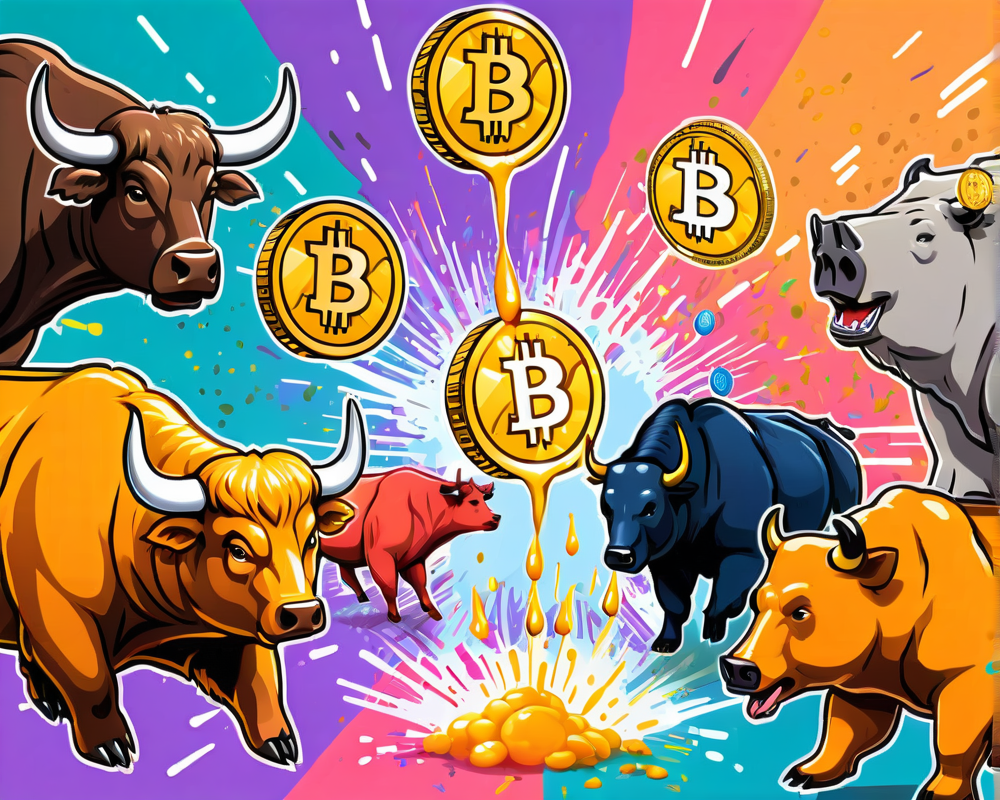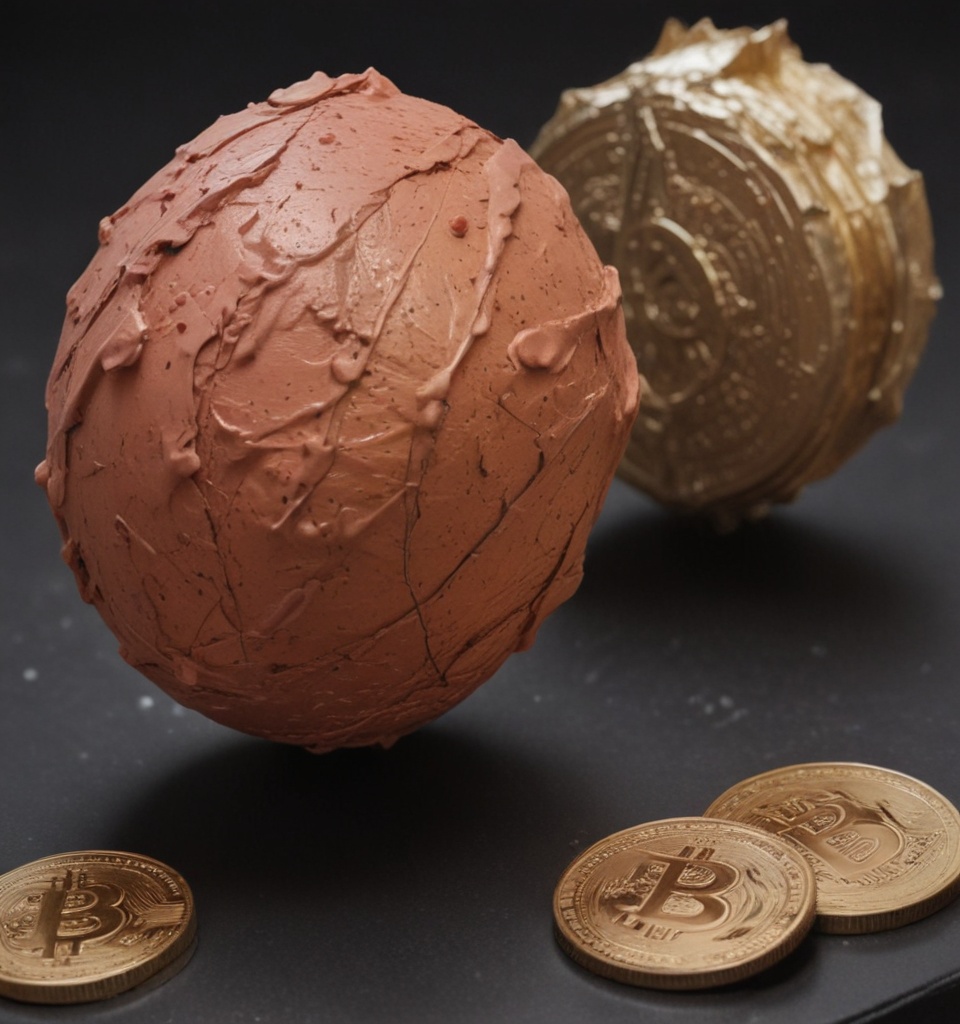Bitcoin’s Price-to-Network Ratio: A Hidden Gem?
Jurrien Timmer, the director of global macro at Fidelity, recently took to social media to drop some knowledge on Bitcoin (BTC). To his 126,000 Twitter followers, he argued that Bitcoin’s current pricing might be misleadingly low, based on its price-to-network ratio, which has returned to levels seen in 2013 and 2017. You know what they say: the best bargains are often found at the back of the store, or in this case, the cryptocurrency market.
Understanding Price-to-Earnings (P/E) in Crypto
So, how does Bitcoin compare in the valuation game? Timmer likened Bitcoin’s price-to-network ratio to the traditional price-to-earnings (P/E) ratio that stock investors cling to like a security blanket. A high P/E suggests a stock is overpriced, while a lower P/E often signals a bargain. When it comes to BTC, the metrics suggest a big discount—despite its return only to late 2020 prices. Valuation can often be more crucial than just plain ol’ price.
The Demand Curve Dilemma
Ever heard of the demand curve? Timmer did, and he presented a chart showing Bitcoin’s demand curve, overlaying it with the count of non-zero addresses against its market cap. According to Timmer, Bitcoin’s price is sitting below the network curve, which usually isn’t a great sign unless you’re looking for a good clearance deal! It seems like the market is currently doing some spring cleaning.
Are We Technically Oversold?
Firing up the graphs, Timmer pulled in Glassnode’s dormancy flow indicator to illustrate just how oversold Bitcoin might be. This metric gauges Bitcoin value by comparing price with spending behavior. What does that mean in plain English? Low dormancy flow suggests that long-term HODLers are still standing firm while jittery short-term sellers are fleeing like scared cats. Timmer pointed out that we haven’t seen dormancy flow this low since—wait for it—2011! Time to take off those nostalgia glasses and ponder the future.
The Fear-Greed Spectrum: Where Are We Now?
Momentarily putting away our calculators, we turn to Bitcoin’s Fear and Greed Index, which recently plummeted to a terrifying seven, reflecting “Extreme Fear.” In past cycles, such low levels have historically hinted that this could be the moment to scoop up Bitcoin on discount. The age-old mantra rings true: when others fear, the savvy must cheer… or at least consider it. As Timmer and other experts note, what we’re witnessing is the transfer of BTC from weak hands (those hasty sellers) into the strong, confident, long-holding hands. HODL on, my friends!




